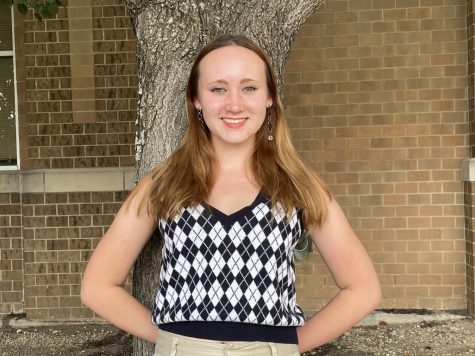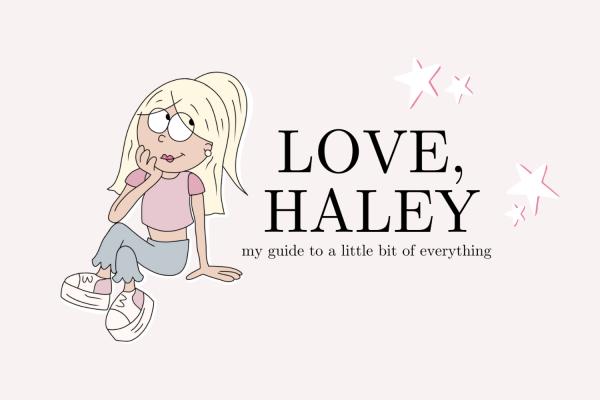Piece by Piece: when coffee becomes too much coffee
Staff reporter Madison Saviano explores hot topics and issues that students face in her weekly column Piece by Piece.
November 5, 2021
I drink a lot of coffee. My favorite drink, the grande brown sugar shaken espresso, has a cool three shots. I have at least one of these a day, and sometimes I change it up a little with a five shot Irish Kicker from Dutch Bros.
I know the health implications, but what has been most tolling is the drain on my bank account. The shaken espresso is $5.90 and the Irish Kicker is $4.50, which certainly adds up.
It makes me wonder whether it’s even worth it. Coffee has very little effect on me, hence why I have so much. If I got the same effect from a latte, I would only have to consume one shot of espresso.
There’s a definite tolerance to take into account. While some people are naturally less affected by caffeine, those who consume it often begin to counteract its effects by producing more adenosine receptors.
So it begs the question, do you run up your spending and consumption or cap it?
It depends on where you’re currently at.
I’ll estimate an average of six shots a day for me, which is just above the recommended maximum of 400 mg of caffeine a day. 400 mg equates to five shots of espresso, and consumption under this limit is actually said to be beneficial. In one study of 402,260 people ages 50–71, those who drank 4–5 cups of coffee per day had the lowest risk of death over the 12 to 13-year study period.
If the effects of caffeine are waning on you, but you’re only at two or three shots a day, then this means you can afford to increase it a bit. If you’re already over this, then conversely you should bring it down.
Not exactly revelational, but it’s good to know where you stand in the midst of the facts.










